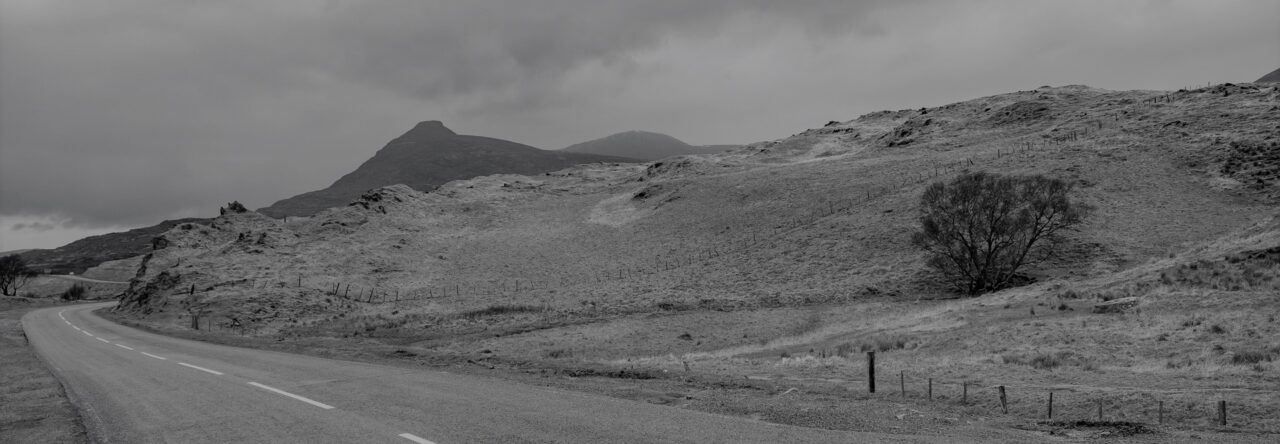This post is the first in a new series on the Suicide Cultures blog, exploring the ethics of the project. We will periodically post new pieces discussing ethical challenges we encounter, discussions we have, and actions we take to try to find solutions.
The idea of moving discussions of complex ethical issues into actions came up during our most recent Suicide Cultures seminar, led by Fiona Malpass and Jennifer White. That presentation invited participants to discuss the Critical Suicide Studies ethics statement, and at the end, the facilitators asked us to think about what actions we would take as a result of the rich and challenging discussion during the session. [Keep an eye out for the recording/summary coming to the Seminar Series section of this blog soon.] To respect the privacy of participants, we will not discuss the details of the seminar in depth here – though many of the issues raised are similar to those raised within the Suicide Cultures team, which we will discuss throughout this ethics blog series.
The ethics application: Ethics 101
For all researchers working with people, an institutional ethics application is one of the fundamental actions we must take. In this first ethics blog post, we review some of the ethical challenges the Suicide Cultures team faces – discussing both the process of putting together our actual ethics application as well as some of the ‘less tangible’ ethical conundrums with which we struggle. We used the process of writing the ethics application as a starting point in moving our theoretical ethical questioning into the realm of the practical, as we prepare for fieldwork to commence this year. The process of engaging in what can feel like a bureaucratic ‘box-ticking’ exercise can be an action that jump-starts more complexity in thinking about ethics than the form may allow – if we engage with ethics as an on-going process, in good faith. For further reading, and a recent example of deep reflection on, challenging of, and expansion of thinking around the ethical considerations of suicide research, see Jaworski (2022).
There are plenty of scathing indictments of institutional ethics procedures, and for good reason. We will touch on some of these negatives but want to focus on the positives that can arise from engaging with institutional ethics – and the ways in which researchers can help their institutions evolve by putting more, and more in-depth thought, into their ethics applications. Here are some of the ways in which we tried to push the bounds of our ethics application.
One of the challenges can be when bureaucracy seeks to ‘protect’ ‘vulnerable’ participants in ways which provide legal cover but little real support. This tension can present in many ways, for example in researchers jumping through hoops to provide standardised procedures and token protections that do not allow for the development of individualised safety plans for participants. For the Suicide Cultures project, we contended with this challenge by creating a standard format for developing safety plans with participants, with some general resources populated, but also leaving space for one-to-one discussions of support needs with participants. By including this in our ethics application, we hope to build upon the idea of what protection means – and introduce agency and self-determination into the development of safety plans. This issue can also manifest in a tension between agency and protection – for example, we as researchers may be required to inform authorities if we believe a participant is intending to harm themselves in the immediate future. We stated this requirement clearly on our participant information sheets, in order to be up front with the constraints on researchers as professionals, which in turn can constrain participants’ agency. We hope this will enable participants to choose what they share with us carefully.
We are also working with a range of creative methodologies – which come with their own challenges, not least of which is the additional scrutiny applied to non-traditional methods. Part of ensuring we can justify the use and value of these methods involved exploring the lessons learned from those already using these methods; we read about photo voice, mapping, walking interviews (as well as interviewing in general and ethnography/participant observation) in-depth, discussed what we found, and explored legal and copyright rules and health-and-safety concerns. We continued this action by hosting a small internal seminar on all of these methods – to share this learning and discuss the implications of these methods – in a similar manner to the ethics seminar discussed in the introduction. These are small, early-stage actions that can help us to engage in research in as ethical a way as we can – and to continue the conversations beyond the forms.
Continuously engaging with ethics is important, because one of the major challenges we faced in trying to translate some of our ethical concerns into concrete actions for the research project was doing this with all of the uncertainties that accompany research planning. Realistically, we cannot predict every challenging situation that will arise across the lifetime of the project – especially since at the moment in-person versus digital is still a major question as Covid-19 continues to disrupt our ‘usual’ ways of doing research.
Institutional ethics is important in that it compels researchers to think about accountability and protection. It can also jump start more complex thought processes around ethics; we are challenged to think ahead and to think about ALL of the people who may be involved/impacted. For example, in a previous ethics application we submitted, for a review of Fatal Accident Inquiry (FAI) reports of deaths by suicide in prison, we had to consider the impact of our document review on (for example) the families of the person who has died, witnesses in the inquiry, and the sheriff who wrote the report. We also continue to grapple with the use of reports about a person who cannot consent or contribute to the process. [We plan to dedicate a separate post in this series to the ethics of these FAI reviews, and to issues around the use of information about and creation of subjectivity around someone who has died.]
Ethics beyond the application: The struggle to do no harm – and to try to do good
During a recent Suicide Cultures team meeting, we discussed the newsletter that we send to our mailing list with updates about the project. This discussion naturally segued into a conversation about how much to reveal, how identifiable areas we work in might be from different outputs we have/will produce, and the discomfort of writing about other people. We did not come up with any ‘good’ answers, but we agreed that having these discussions was a positive sign – and that engaging with ethics in research is an ongoing process that must be undertaken to the best of our abilities. We are trying to work in good faith – knowing that there is no such thing as perfectly ‘ethical’ research. Following this discussion, we took the action of dedicating a session of our monthly meeting series on emotions to think through the discomfort that comes along with trying to do research in an ethical manner – and how we can use, engage with, and sit with that discomfort.
To conclude this introductory post in our ethics series, we made a list of some of the concerns we continue to grapple with – engaging in discussions and imagining ways to translate these discussions into actions. We will explore some of these topics in future posts in this series – for now, we leave you with only (a limited list of) questions:
- The tension between agency and protection (revisited).
- How do we engage communities?
- How do we incorporate feedback into our work?
- How do we navigate the line between agency/self-determination and qualitative analysis?
- Moving online: ethics of research during Covid-19.
- Ensuring safety;
- Following rules;
- The impact of the digital divide.
- How do we relate to ethics ourselves?
- In what ways are we implicated in systems (e.g. through analysis of FAI reports)?
- To what extent do we have the right to do this research? Why do we do it (anyway)?
- How can we keep engaging in actions to do ethical research in good faith?
References
Jaworski, K. (2022). The ethics of facing the Other in suicide. Health, 26(1), pp. 47-65.

